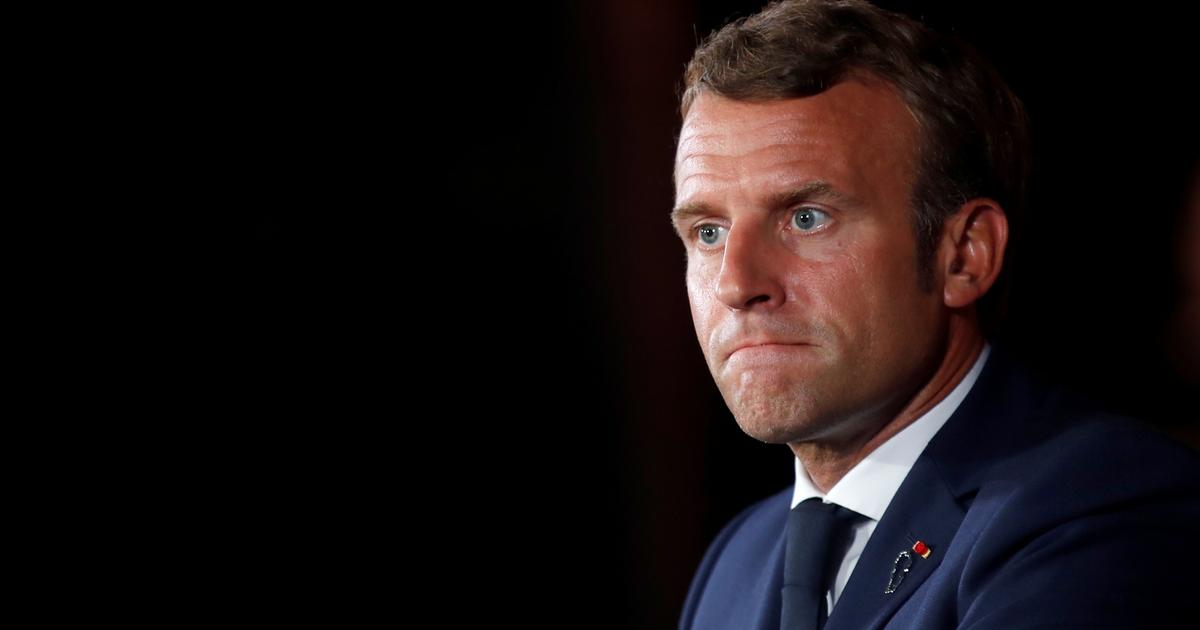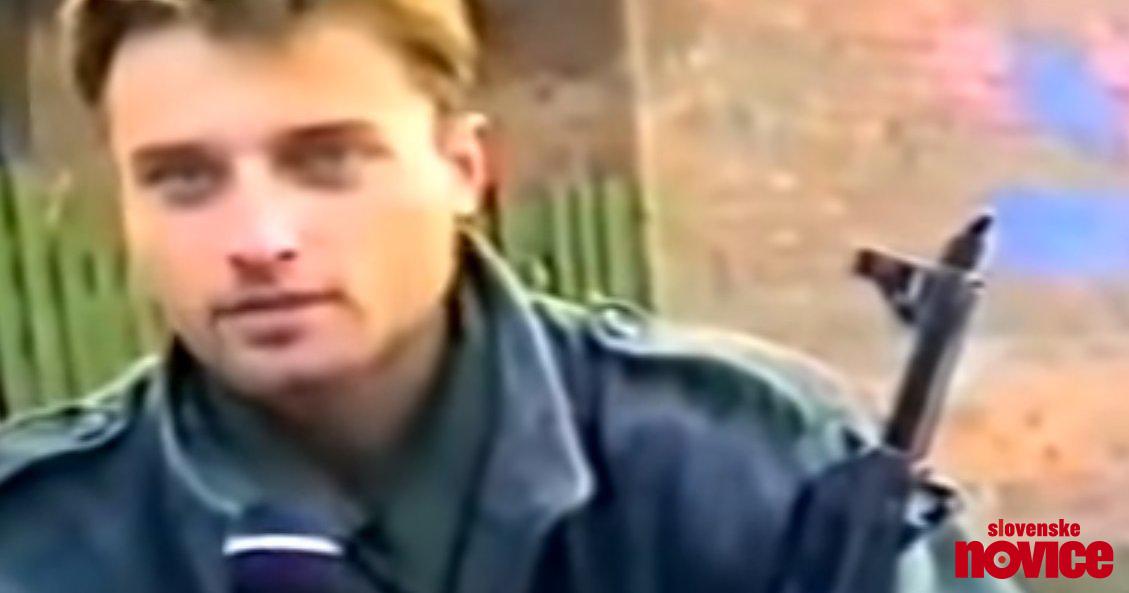Lepote multikulturnosti 4
- Ustvarjalec teme Matey
- Začetni datum
Uporabljate neposodobljen brskalnik. Ta ali druga spletna stran morda ne bo prikazana pravilno.
Posodobite brskalnik ali uporabite alternativni brskalnik.
Posodobite brskalnik ali uporabite alternativni brskalnik.
In potem se bizi sprašuje zakaj jih ni več na faksih?
Za vse ljubitelje multi kulti. Verjetno ste ponosni na napadalce
Twelve people, including some of France's most celebrated cartoonists, were killed on January 7, 2015, when brothers Said and Cherif Kouachi went on a gun rampage at the paper's offices in Paris.
In the centre of the cover is a cartoon of the prophet drawn by cartoonist Jean Cabut, known as Cabu, who lost his life in the massacre.
"All of this, just for that," the front-page headline says.
The latest Charlie Hebdo cover shows a dozen cartoons first published by the Danish daily Jyllands-Posten in 2005 -- and then reprinted by the French weekly in 2006, unleashing a storm of anger across the Muslim world.
The editorial team wrote that now was the right time to republish the cartoons and "essential" as the trial opens.
"We will never lie down. We will never give up," director Laurent "Riss" Sourisseau wrote in an editorial to go with the cartoons in the latest edition.
"The hatred that struck us is still there and, since 2015, it has taken the time to mutate, to change its appearance, to go unnoticed and to quietly continue its ruthless crusade," he said.
"We have often been asked since January 2015 to print other caricatures of Mohammed," it said.
"We have always refused to do so, not because it is prohibited -- the law allows us to do so -- but because there was a need for a good reason to do it, a reason which has meaning and which brings something to the debate."
The paper's willingness to cause offence over a range of controversial issues has made it a champion of free speech for many in France, while others argue it has crossed a line too often.
"The freedom to caricature is guaranteed for all, the freedom to love or not to love (the caricatures) as well. Nothing can justify violence," he told AFP.

In the centre of the cover is a cartoon of the prophet drawn by cartoonist Jean Cabut, known as Cabu, who lost his life in the massacre.
"All of this, just for that," the front-page headline says.
The latest Charlie Hebdo cover shows a dozen cartoons first published by the Danish daily Jyllands-Posten in 2005 -- and then reprinted by the French weekly in 2006, unleashing a storm of anger across the Muslim world.
The editorial team wrote that now was the right time to republish the cartoons and "essential" as the trial opens.
"We will never lie down. We will never give up," director Laurent "Riss" Sourisseau wrote in an editorial to go with the cartoons in the latest edition.
"The hatred that struck us is still there and, since 2015, it has taken the time to mutate, to change its appearance, to go unnoticed and to quietly continue its ruthless crusade," he said.
"We have often been asked since January 2015 to print other caricatures of Mohammed," it said.
"We have always refused to do so, not because it is prohibited -- the law allows us to do so -- but because there was a need for a good reason to do it, a reason which has meaning and which brings something to the debate."
The paper's willingness to cause offence over a range of controversial issues has made it a champion of free speech for many in France, while others argue it has crossed a line too often.
"The freedom to caricature is guaranteed for all, the freedom to love or not to love (the caricatures) as well. Nothing can justify violence," he told AFP.

Mal preberte, vlada ne obvladuje položaja. Multikulti uničuje Zahod

 www.lefigaro.fr
www.lefigaro.fr

«La République n'admet aucune aventure séparatiste», affirme Macron au Panthéon
Le président de la République a prononcé un court discours vendredi matin pour célébrer le 150ème anniversaire de la proclamation de la République. Il a aussi annoncé vouloir faire de «l'égalité des chances» une «priorité nationale».
"White people" dobavlja orožje in ima v lasti banke. Res pa je, da "black people" to hočejo ker a) bi radi zapravili več kot ustvarijo in b) se jim paše borit (že od nekdaj so se črnska plemena stalno borila "bojevniki" so bili čaščeni, ogromno pa je bilo tudi suženjstva, torej da so imeli črnci za sužnje druge črnce.
In zakaj ne ustvarijo več: zato ker jim tradicionalno ni bilo treba. Zemlja je tako rodovitna, živali pa toliko, da so imeli vedno vsega v izobilju, in napredka ni bilo, ker je zgodovinsko dokazano, da je napredek precej hitrejši tam, kjer brez njega ne gre. Nek nordijec je moral biti recimo bolj inovativen, da je lahko sploh preživel.
Kolonizacija je seveda naredila veliko škode, a afrika je imlea probleme že prej in bi jih imela tudi če bi vsi belci šli.
Glede migrantov vam pa iz lastne izkušnje povem: pri nas je hotel biti eden od vodij oddelka "odprt" in je vzel v službo črnca. Ta je bil res prden, delal in vse, dokler ni dobil pogodbe za nedeločen čas. Potem je bilo konec: lenoba, odgovarjanje, ne prenesel da bi mu ženska kaj rekla itd... Na koncu, tako v dnevnem življenju, opaziš, da so kulturne razlike še vedno kar velike. Potem kasneje, pri generacija, ki so rojene tukaj, verjetno ne, pa tudi pri teh, ki so rojeni v afriki, ni dobro vedno posploševati, a vseeno, večinoma je tako.
In zakaj ne ustvarijo več: zato ker jim tradicionalno ni bilo treba. Zemlja je tako rodovitna, živali pa toliko, da so imeli vedno vsega v izobilju, in napredka ni bilo, ker je zgodovinsko dokazano, da je napredek precej hitrejši tam, kjer brez njega ne gre. Nek nordijec je moral biti recimo bolj inovativen, da je lahko sploh preživel.
Kolonizacija je seveda naredila veliko škode, a afrika je imlea probleme že prej in bi jih imela tudi če bi vsi belci šli.
Glede migrantov vam pa iz lastne izkušnje povem: pri nas je hotel biti eden od vodij oddelka "odprt" in je vzel v službo črnca. Ta je bil res prden, delal in vse, dokler ni dobil pogodbe za nedeločen čas. Potem je bilo konec: lenoba, odgovarjanje, ne prenesel da bi mu ženska kaj rekla itd... Na koncu, tako v dnevnem življenju, opaziš, da so kulturne razlike še vedno kar velike. Potem kasneje, pri generacija, ki so rojene tukaj, verjetno ne, pa tudi pri teh, ki so rojeni v afriki, ni dobro vedno posploševati, a vseeno, večinoma je tako.
I
Izbrisan uporabnik #9334
Tri generacije rabiš za asimilacijo. Prva, torej priseljenec sam, je še najbolj pohlevna, ker se je bilo pač treba prilagoditi. Druga, torej otroci, pa podivjajo. Polne oči imajo romantičnih zgodb svojih staršev iz njihove domovine, potem pa tu delajo sranje. Šele tretja generacija začne počasi normalno funkcionirati.
Moj ded je bil v Kanadi, potem je prišel nazaj in se oženil itd. Otroci z mojim očetom vred so poslušali tiste zgodbe iz Kanade ... dva sta migrirala potem tja, mojega očeta je pa mama nekako uspela obdržati. Pa je celo življenje do smrti sanjal o tisti bajni deželi.
Tako malo je treba, da je patriotizem zastrupljen. Ampak to je še v redu. Hudir postane, ko se gresta mešat dve kulturi. Tako kot pri nas ko smo si navlekli cel balkan gor . Če samo bereš črno kroniko, je v njej morda samo 10% slovencev. Vse ostalo je balkansko, torej neprilagojeno.
. Če samo bereš črno kroniko, je v njej morda samo 10% slovencev. Vse ostalo je balkansko, torej neprilagojeno.
Moj ded je bil v Kanadi, potem je prišel nazaj in se oženil itd. Otroci z mojim očetom vred so poslušali tiste zgodbe iz Kanade ... dva sta migrirala potem tja, mojega očeta je pa mama nekako uspela obdržati. Pa je celo življenje do smrti sanjal o tisti bajni deželi.
Tako malo je treba, da je patriotizem zastrupljen. Ampak to je še v redu. Hudir postane, ko se gresta mešat dve kulturi. Tako kot pri nas ko smo si navlekli cel balkan gor
 . Če samo bereš črno kroniko, je v njej morda samo 10% slovencev. Vse ostalo je balkansko, torej neprilagojeno.
. Če samo bereš črno kroniko, je v njej morda samo 10% slovencev. Vse ostalo je balkansko, torej neprilagojeno.
Nazadnje uredil moderator:
Tri generacije rabiš za asimilacijo. Prva, torej priseljenec sam, je še najbolj pohlevna, ker se je bilo pač treba prilagoditi. Druga, torej otroci, pa podivjajo. Polne oči imajo romantičnih zgodb svojih staršev iz njihove domovine, potem pa tu delajo sranje. Šele tretja generacija začne počasi normalno funkcionirati.
V teoriji naj bi to s tremi generacijami šlo čez ja, v praksi je pa odvisno od narodnosti. Nekateri se primerno* prilagodijo novemu kultunemu okolju tudi že z drugo generacijo. Spet nekateri drugi pa delajo p33sdarije še mnogo dlje od 3. generacije, en odličen primer neprilagojenosti so turčini v Nemčiji.
*Primerno = toliko kot je potrebno za normalno, kulturno funkcioniranje v novem okolju. Meni je povsem razumljivo, da se ne pozabi na svoje korenine in to tudi podpiram.
I
Izbrisan uporabnik #9334
Se strinjam. Toda človeška inteligenca je razporejena po Gaussovi krivulji. Imaš 2/3 populacije, ki sta povprečno in manj povprečno. Ta podmladek se ne druži z domačini, ampak bolj kot ne samo s svojimi. Dobiš enklavo s kulturnimi cvetkami vred.
Zato pravim, da bo šele tretja generacija začela uspešno razmišljat, kaj če bi se pa prilagodili.
Pa - saj je tudi v praksi tako.
Zato pravim, da bo šele tretja generacija začela uspešno razmišljat, kaj če bi se pa prilagodili.
Pa - saj je tudi v praksi tako.
I
Izbrisan uporabnik #9334
Malce drugače : Tastari celo življenje sanjajo, da bodo pa nekoč šli domov. Otroci odraščajo ob tem in podzavestno sanjajo o tisti zemlji Šangri-La. Nočejo se preveč prilagoditi. Še govorijo materin jezik in punce še znajo speči potico. Šele vnuki so dovolj daleč, da ne sanjajo več.
Moj ded je bil v Kanadi, potem je prišel nazaj in se oženil itd. Otroci z mojim očetom vred so poslušali tiste zgodbe iz Kanade ... dva sta migrirala potem tja, mojega očeta je pa mama nekako uspela obdržati. Pa je celo življenje do smrti sanjal o tisti bajni deželi.
Tako malo je treba, da je patriotizem zastrupljen.
Ufff...men bi se zmešal.....jst bi začel tuki delat sranje po vasi.....najprej bi sosedu požgal štalo....pa tud če bi ble vse krave not....pol bi šel na lokalno pošto mal kasso spraznt.....kakmu avtu demoliru šipe....
Kur c pa taka obljubljena dežela (kar se mora, ker mi pripada...ni težko)......

Glede na 5 otrok......v Nemčiji.....mislim da lahko damo kar sem....
Med komentarji....4.9.2020...zanimivo!Lep primer, mati Slovenka ata Srb
Na koncu fant odide v BiH. Zanimivo da se skoraj vsi mešani sploh Srbi in muslimani imajo bolj za dol kot Slovence

Vojnega zločinca prijeli v Bosni: gre za Celjana!
V nedeljo aretirani Celjan Vojko Duronjić se je boril v srbski paravojaški skupini Volkovi z Vučjaka. Med Slovenci, obsojenimi zaradi sodelovanja v vojni na Balkanu, bo najdlje, 40 let, sedel Franc Kos.
www.slovenskenovice.si
Odprt članek...

 www.24ur.com
www.24ur.com

Na meji aretirali vojnega zločinca Vojka Duronjića - 'Janšo' | 24ur.com
Po tem, ko so bosanski mejni policisti objavili novico, da so na meji zaradi vojnih zločinov aretirali osebo s slovenskim državljanstvom, so bosanski mediji pridobili več podrobnosti. Gre za osebo s slovenskimi dokumenti, ki se je leta 1991 pridružila srbski vojski v Bosni.
Res je...prosto po tožilki Cerarjevi...."Ni vsaka svinjarija že kaznivo dejanje."Če je napravil samo to, kar piše v članku, je res hud vojni zločinec.


